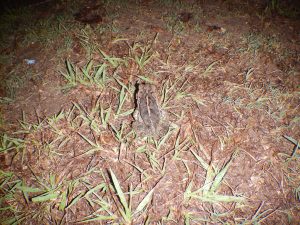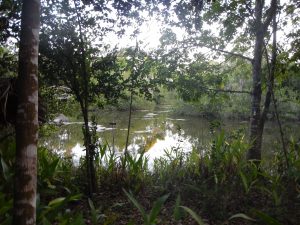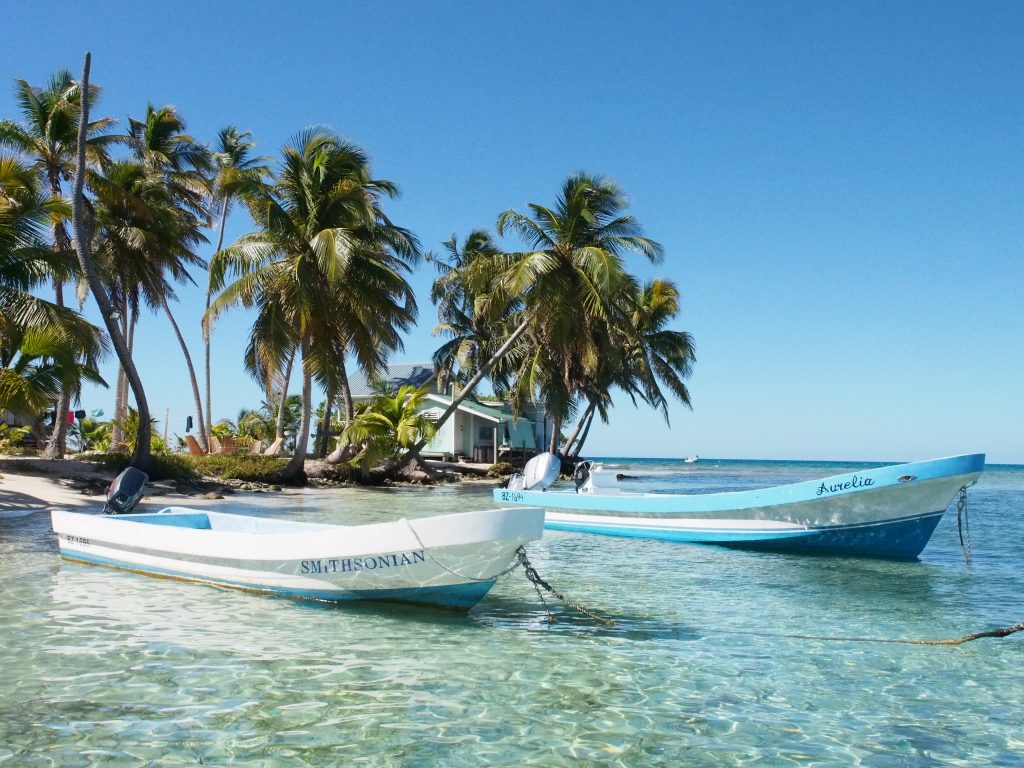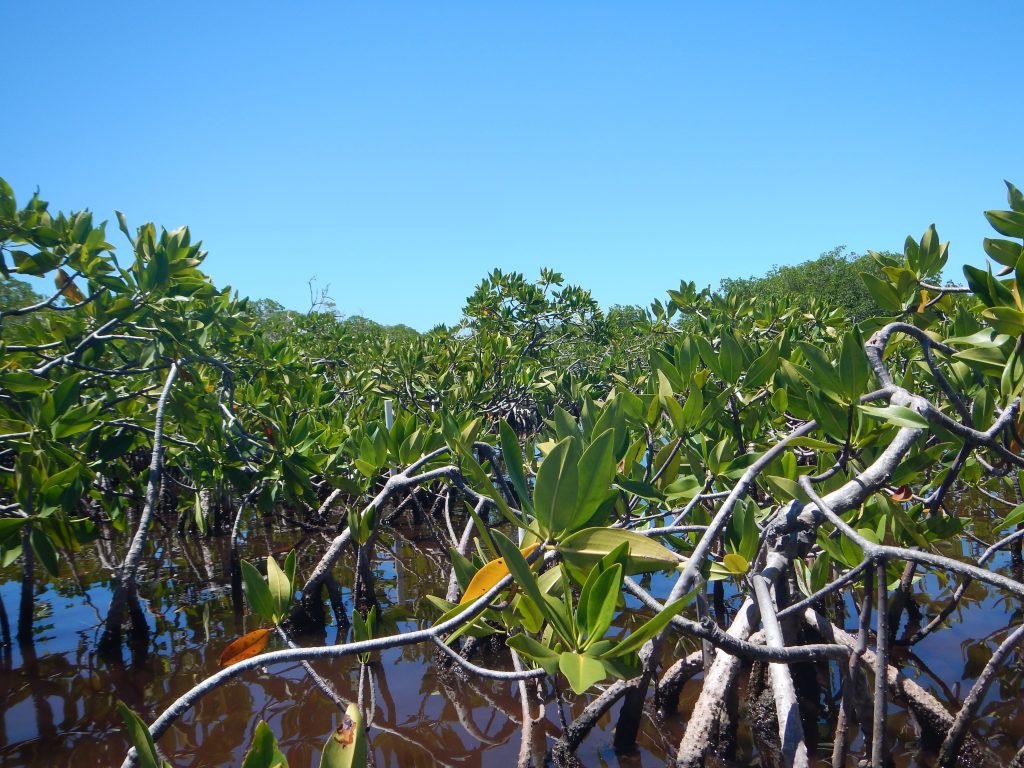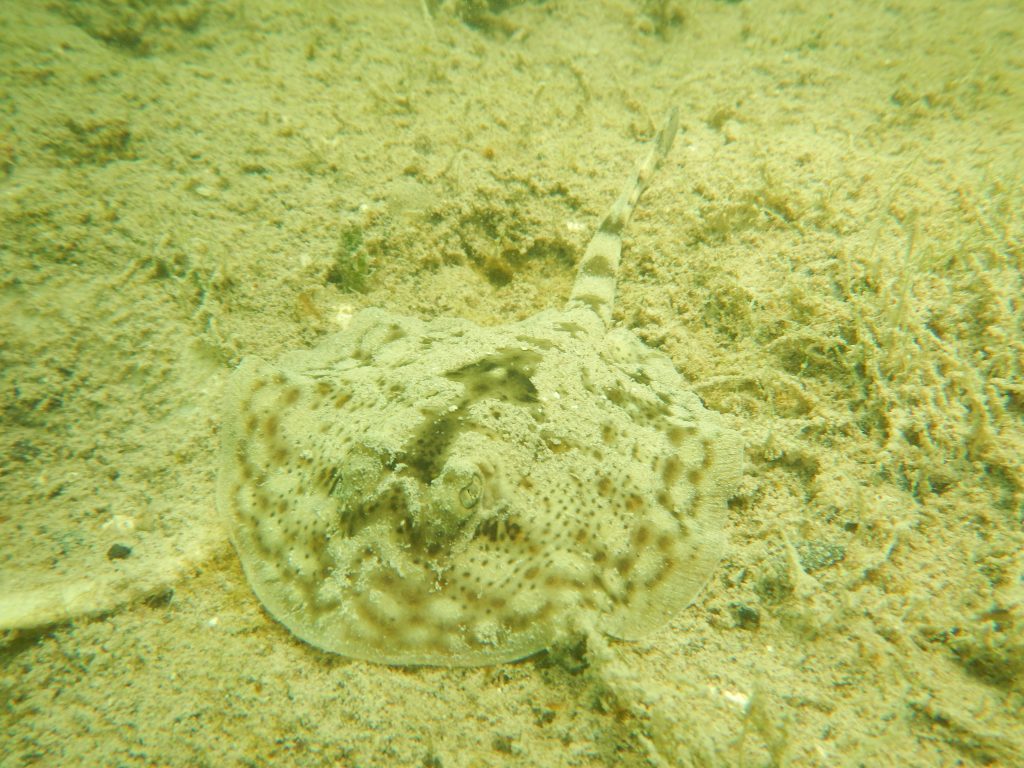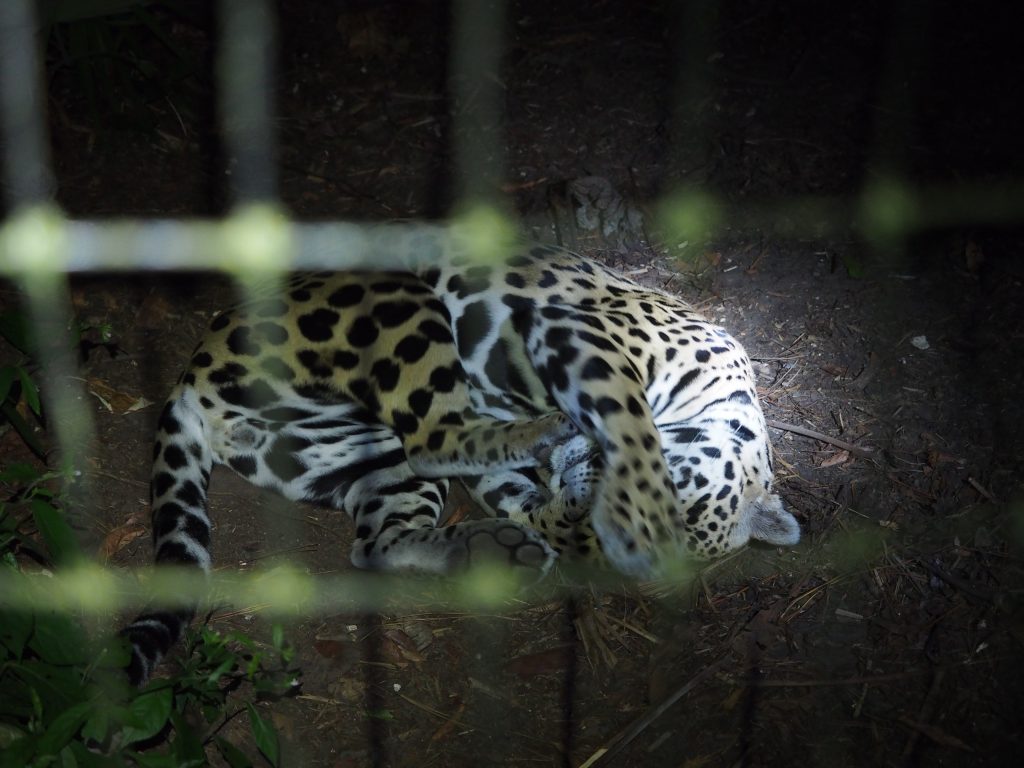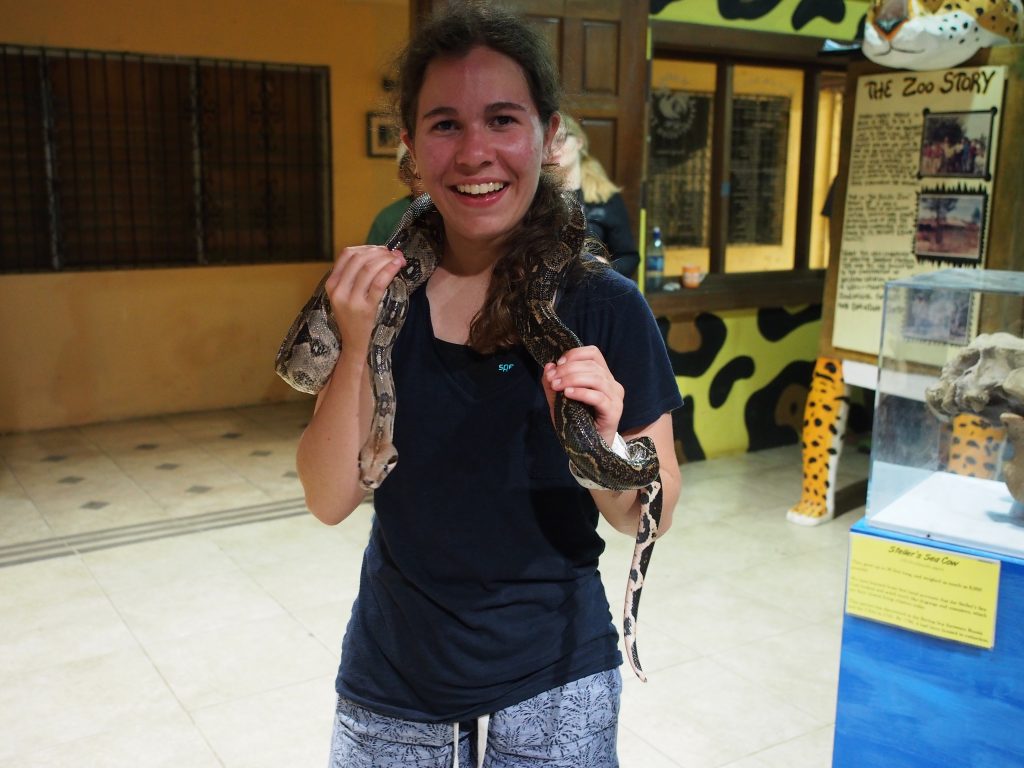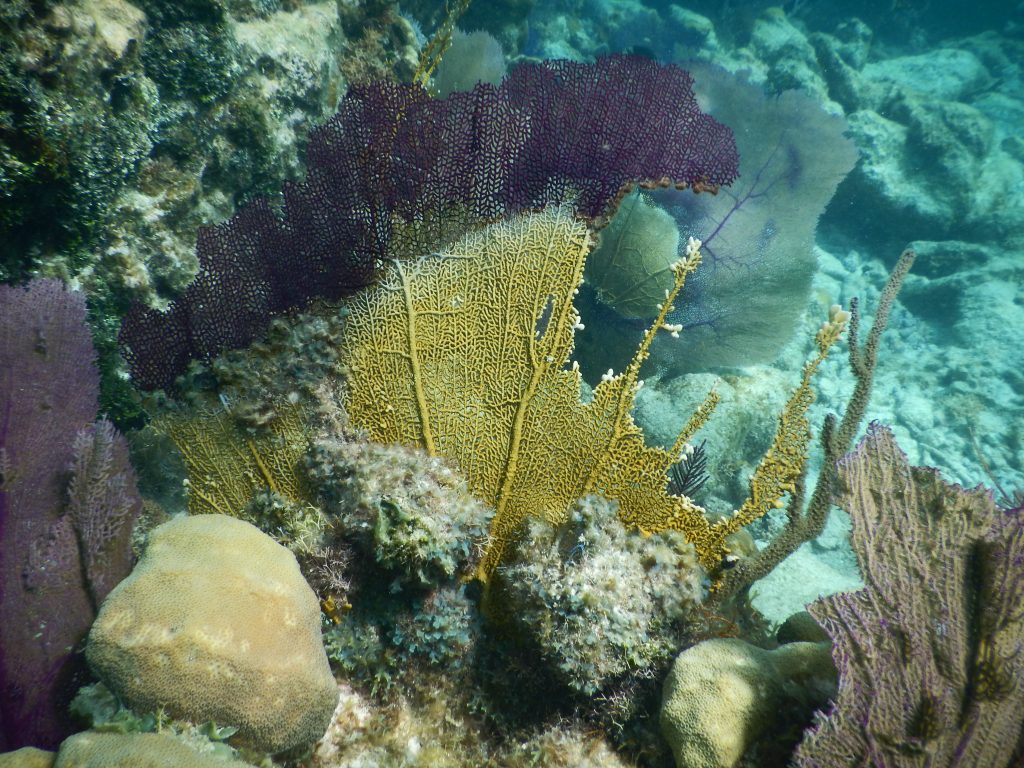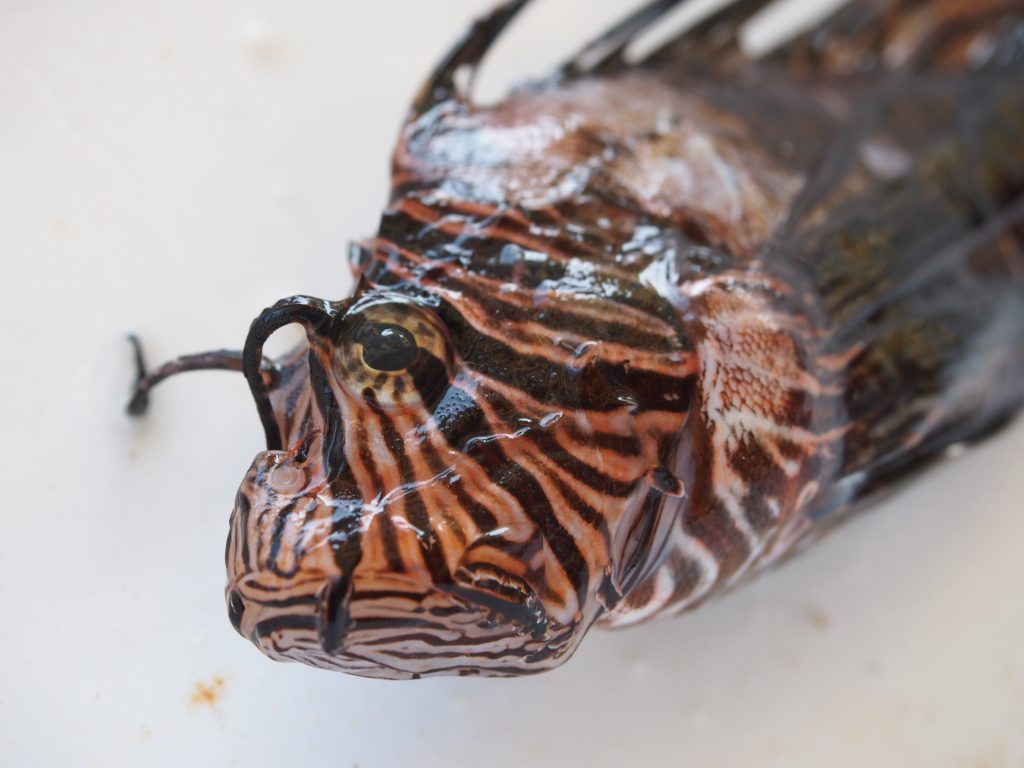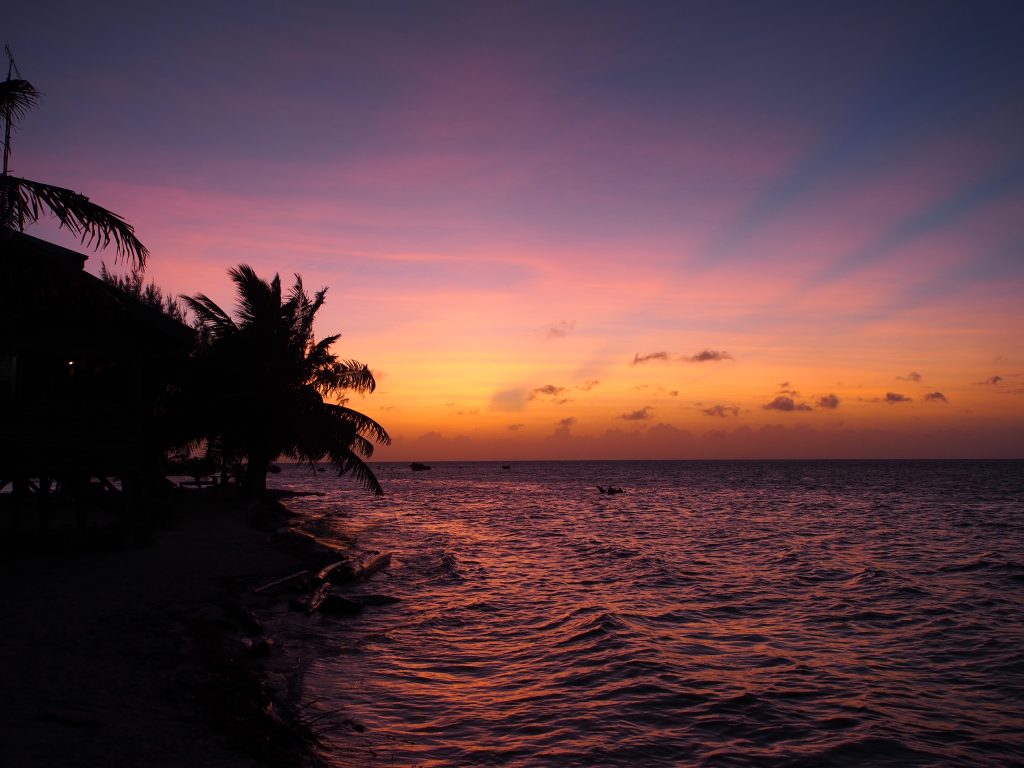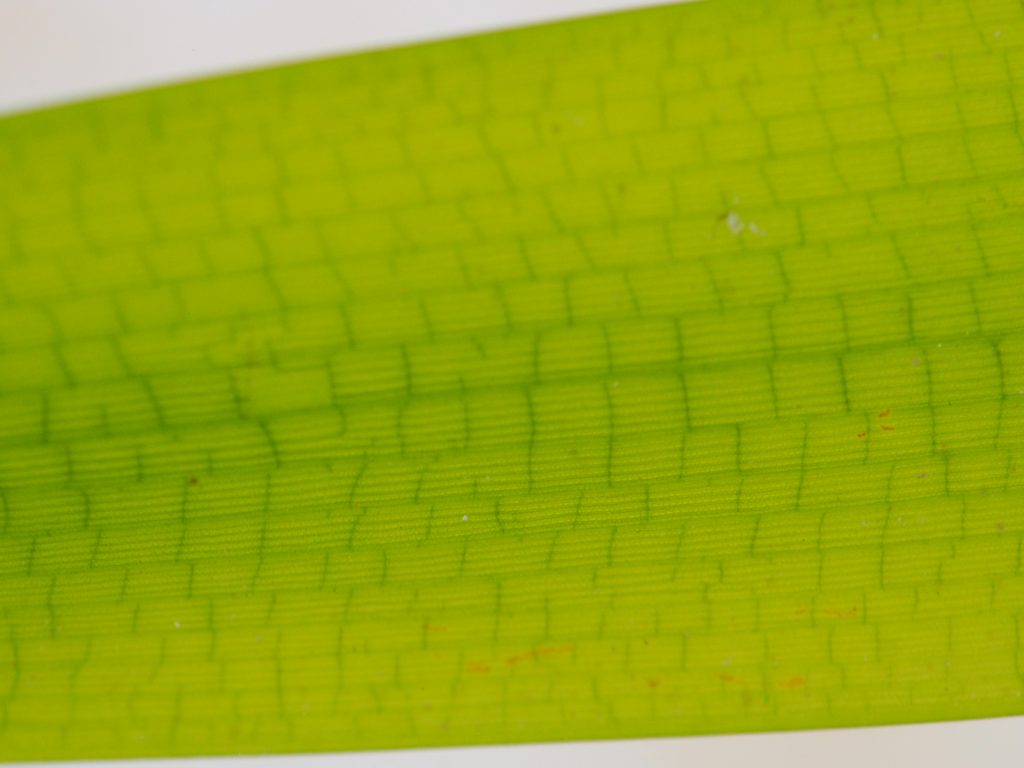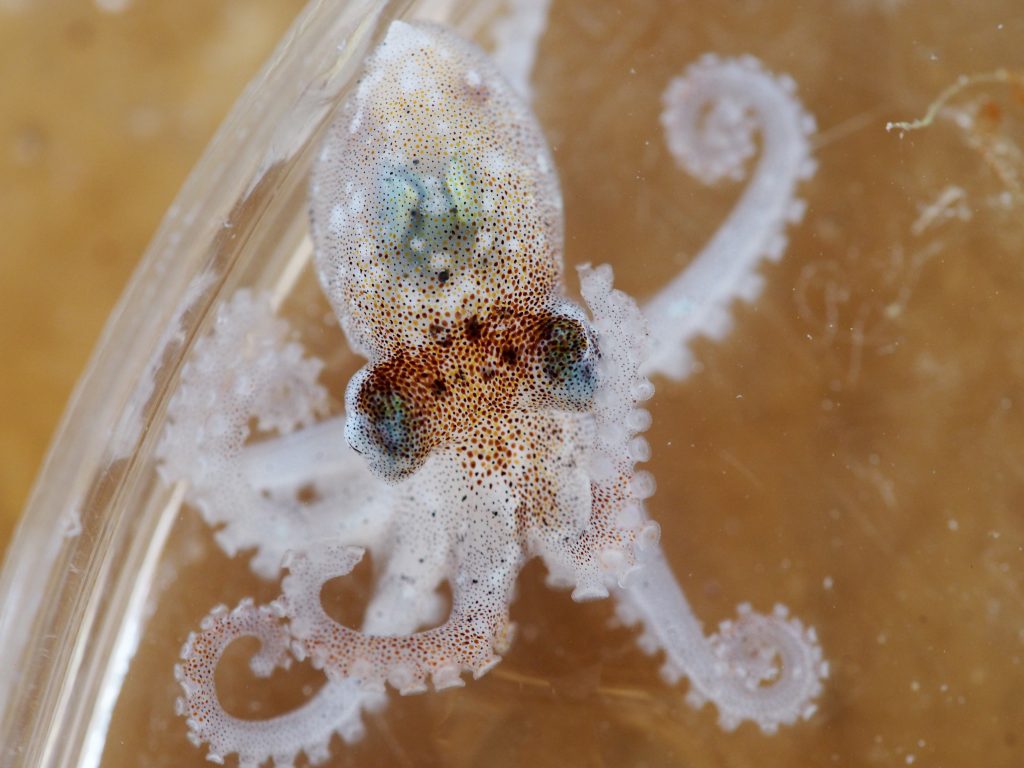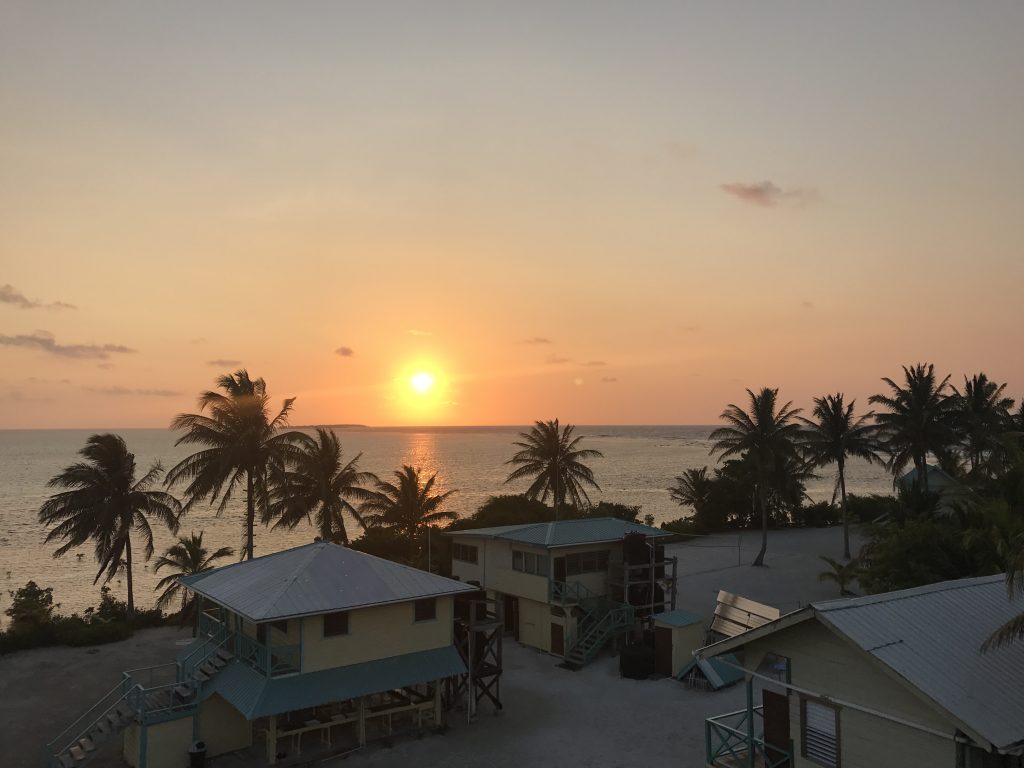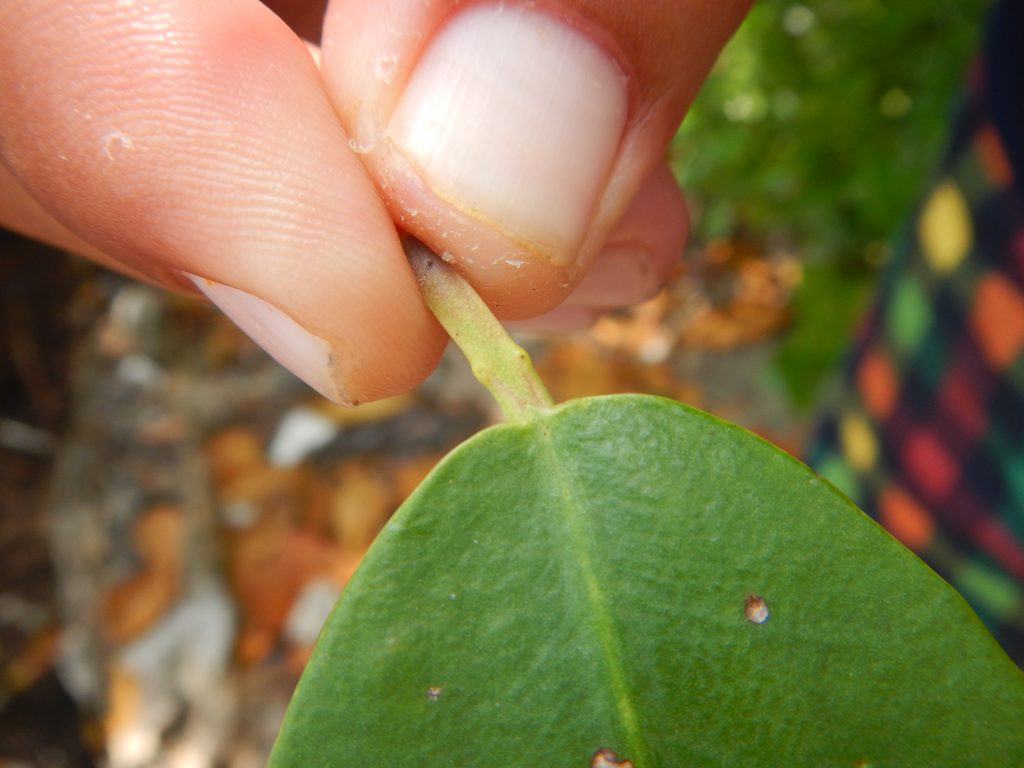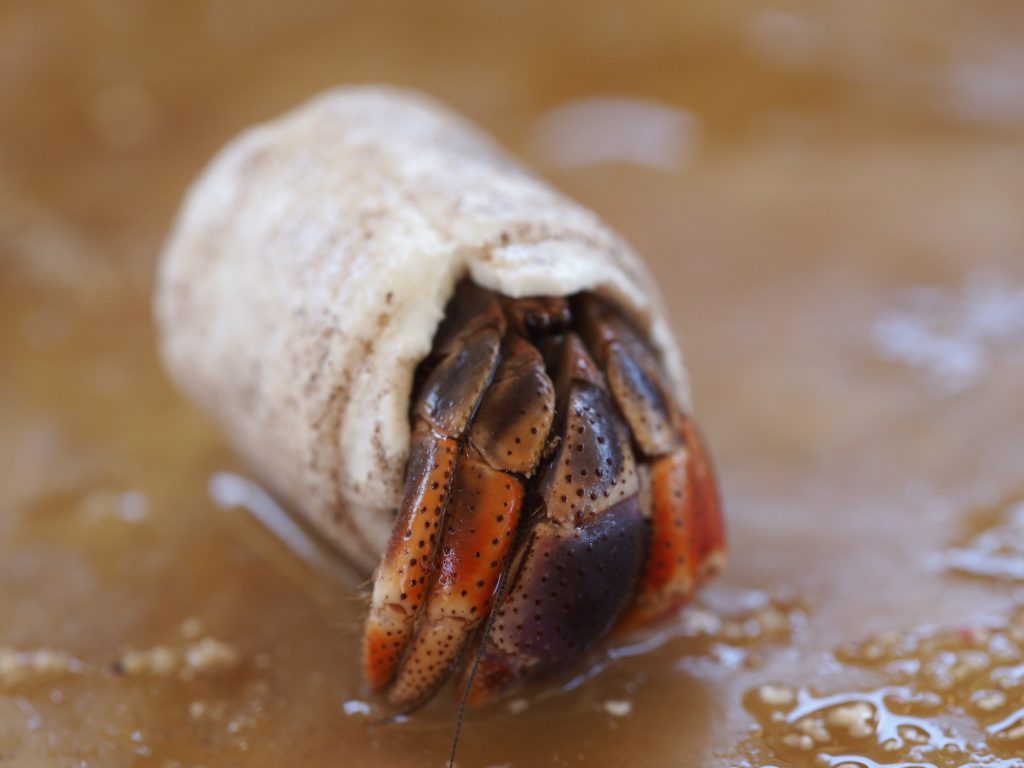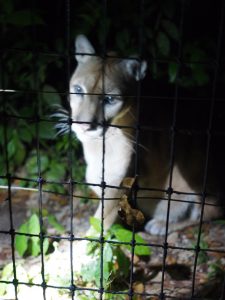Today’s primary endeavor was exploring Actun Tunichil Muknal, a cave hidden within the Belize rainforest. With its seemingly endless rock formations, the cave was spectacular. Rocks were rounded and smoothed over from the flow of groundwater, coarse and jagged from sparsely dripping water droplets, or even organic-looking like coral or knotted roots. Spaces ranged from the expansive to the claustrophobic, and colors ranged from sparkling green-brown to beige with patches of jet-black to mahogany swirled with gray to stark white. Paradoxically, these robust colors only existed because of the illumination gleaming our headlamps.
The cave was all encompassing. Once you entered, you were in the cave, and you were not leaving until you completely turn around and head back. We had to swim through pools of groundwater, navigate through jutting rock formations, and climb up several stories-worth of rocks to reach the cave’s heart – an ancient Mayan sacrifice site.
The entire experience was a journey. I left the realm of sunlight for a darker, almost sinister, yet breathtakingly beautiful one.
Immediately upon leaving the cave, rain began to pour down. Logically, it makes sense that it would rain in the rainforest, but a sudden downpour was something I did not expect. My class and I hiked through the rainforest, entirely drenched. Concurrently, trees towered above and filled the horizon. In front of me, behind me, to the sides, above, and below, I was fully immersed in the quintessence of the rainforest.
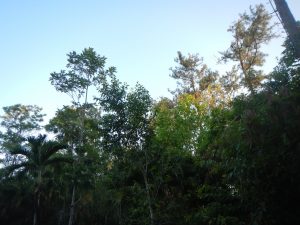
“Immersion makes the trip worth it,” I thought to myself as I was wringing out my soaked clothes in the park bathroom after the torrential hike.
And I was right; looking back on my day, I have gotten to see cohune palms (Attalea cohune) and a trumpet tree (Cecropia obtusifolia). The cohune palms were scattered and were abundant with cohune nuts. The trumpet tree, which I noticed on the horizon, had thin light-colored trunks that led up to thin branches abundant with large, hanging leaves. I also saw multiple species of anura in the rainforest, as well as an unknown species of bat (Order Chiroptera), a massive unknown spider (Order Araneae), and an assortment of human remains (Homo sapiens) within the cave.
Immersing myself has enriched my day, and I am excited to continue to experience this immersion throughout my next week of travel.


